Wool thread invites you to explore the art of hand embroidery in a whole new way. It’s forgiving for beginners, creatively exciting for experienced stitchers, and durable enough to stand the test of time. Whether you’re working on whimsical sampler projects or heirloom-quality treasures, wool thread will delight you with its versatility and charm.
Moire Rustic Wool Thread is known for its exceptional quality and unique characteristics. This 100% pure wool thread is handmade in Spain and has a beautifully rustic appearance, with a soft, hairy texture that adds a touch of charm to every handcrafted creation.

If you are most comfortable working with cotton embroidery floss or perle cotton, stitching with rustic wool thread may feel a bit different at first. Moire Wool Threads are a spun fiber with a slightly coarse texture and unique slubs in the thread that help create the rustic, "hairy" look it is known for. Here are a few tips for working with Moire threads.
- Yanking or pulling roughly on spun fibers can stress the thread and cause it to break or fray. So, it is best to work with shorter lengths of thread (18" or so works well) for the best result.
- When you pull your thread through your fabric, remember to pull on the thread itself not just the needle. This will help reduce the strain on the thread that is passing through the eye of your needle and minimize snapping.
- This thread has a slight twist, a by-product of the spinning process. Remember to twist it gently as you work, in the same direction it naturally unwinds off the spool. This will fortify the thread and make your stitching journey seamless.

Choosing the right needle is as important as choosing the thread itself. A large eye chenille needle works best with best with Moire threads. The No.24 is a fan-favorite, although a No.22 can also work well if you prefer a longer needle. If you are stitching on a tightly woven cotton fabric, you may consider opting for a size 18 or 20 Chenille needle to create a larger hole in your fabric for the thread to slide through more easily.

Moire Threads are versatile and can be used in Darning & Mending, Wool Applique, Punch Needle, Embroidery, and Cross Stitch. Rustic wool threads tend to sit on top of fabric rather than blending into your stitch work, which creates bolder and denser stitches. When used in hand embroidery, Moire threads can create a raised, primitive look that will add a unique element to any design. Similarly in cross stitch, the stitches will be denser creating an overall look that is softer and more blended.
Working with Rustic Wool Moire Threads is an experience that we love, and we are sure you'll love it too. With 50 different colors to choose from, you are sure to find the perfect shade for your next project. If you find fun ways or useful tips to work with it, we invite you to share it with the Snuggly Monkey community on social media.


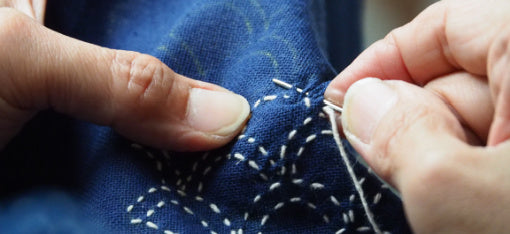
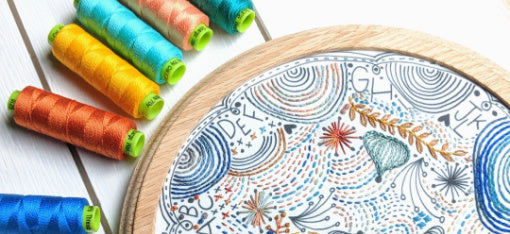


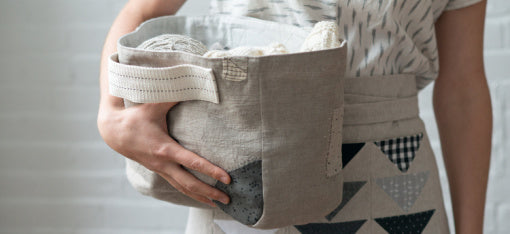
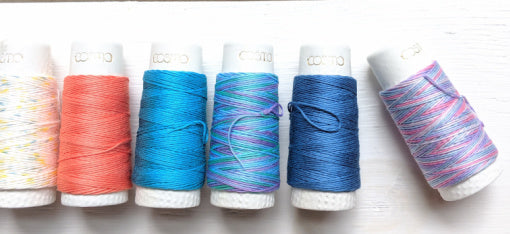

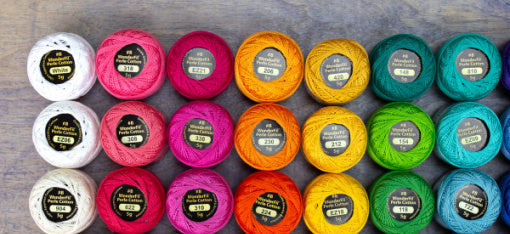

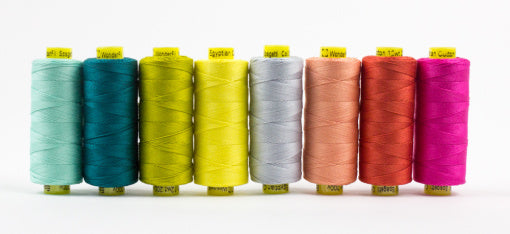


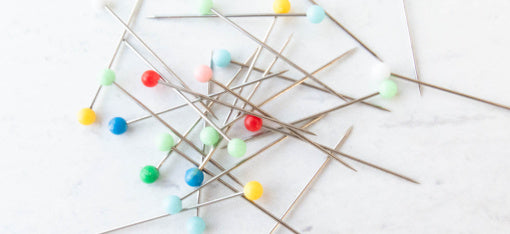

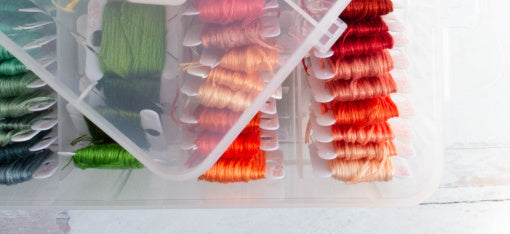
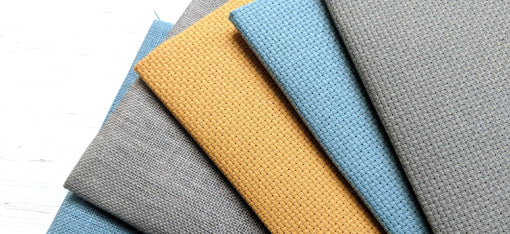
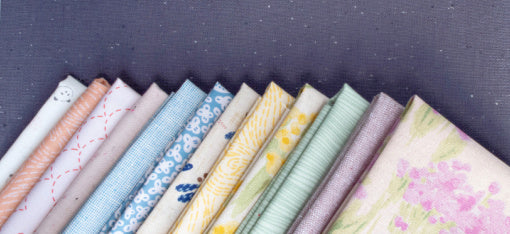
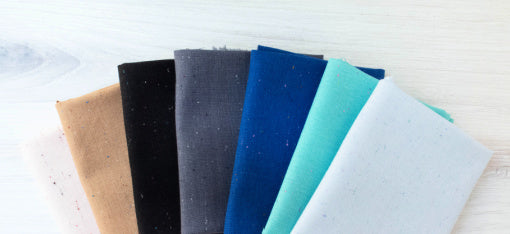
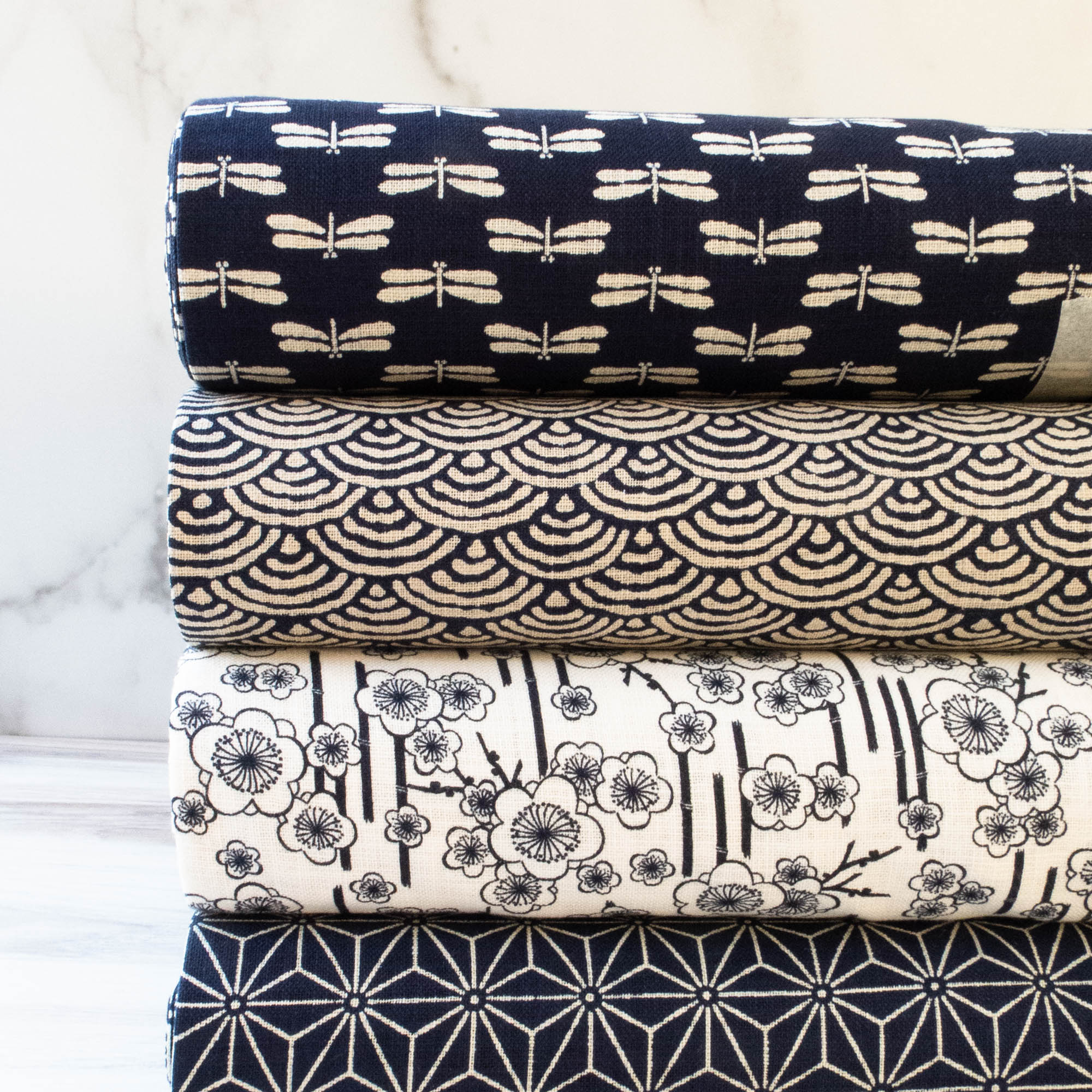
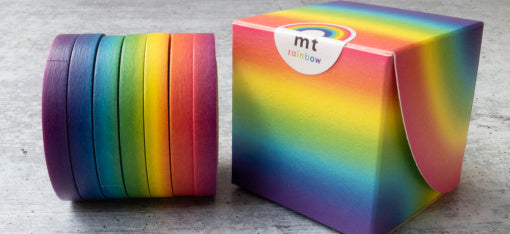


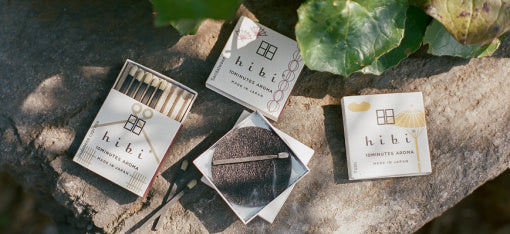
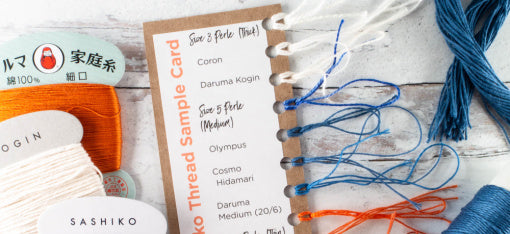


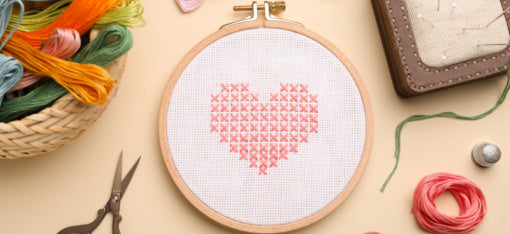
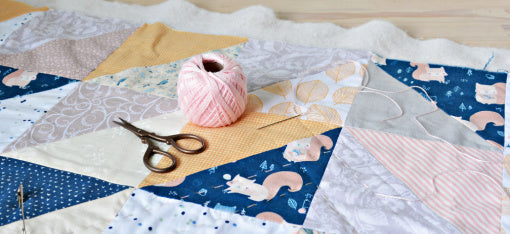
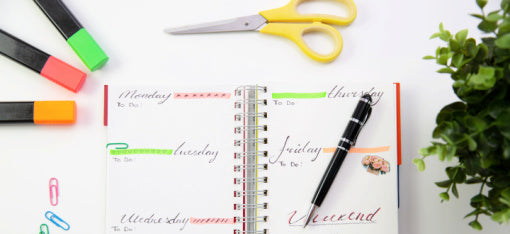



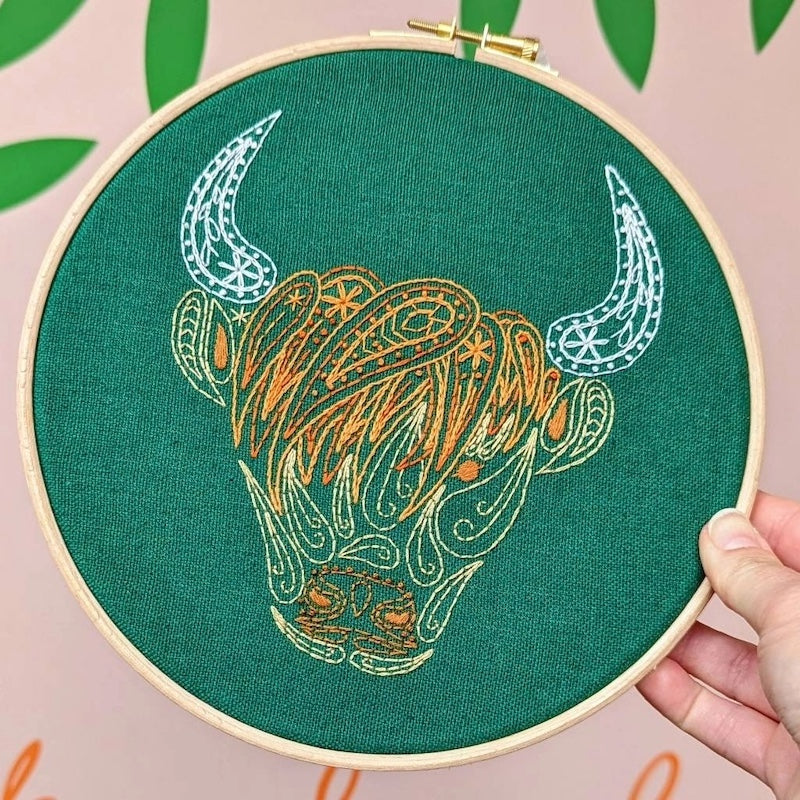
Lovely article I have been wondering about this thread since it was introduced in the shop. The recommended needle sizes are very helpful to have. Hearing more about the character and suggested uses of this thread definitely perks my interest.
A slight distinction I would make about the “spun fibers” and “slight twist” is that these properties are due to the ply structure, rather than having been spun, which nearly all thread, except for maybe a single strand nylon thread or something will have been spun and had twist introduced somewhere in the process.
Going just on the visual from the post it looks like this thread may be a single ply (or possibly have multiple plies twisted together in the same direction they were spun) while many typical cotton threads have multiple plies in their final structure. And the bit of extra twist is due to the ply structure after finishing being less balanced while more traditional cotton threads usually have a more balanced twist (less “energy” that would be noticed while in use) in their ply structure.
This thread looks like it would be fun to work with and have a more grippy nature vs. the very slippery nature that a lot of smooth cotton threads have. Now to decide what colors to buy!
These are the best tips I have ever seen for these threads. I am a fan of these threads I find to often people give up on them, because they don’t understand the unique characteristics of the thread.
Leave a comment